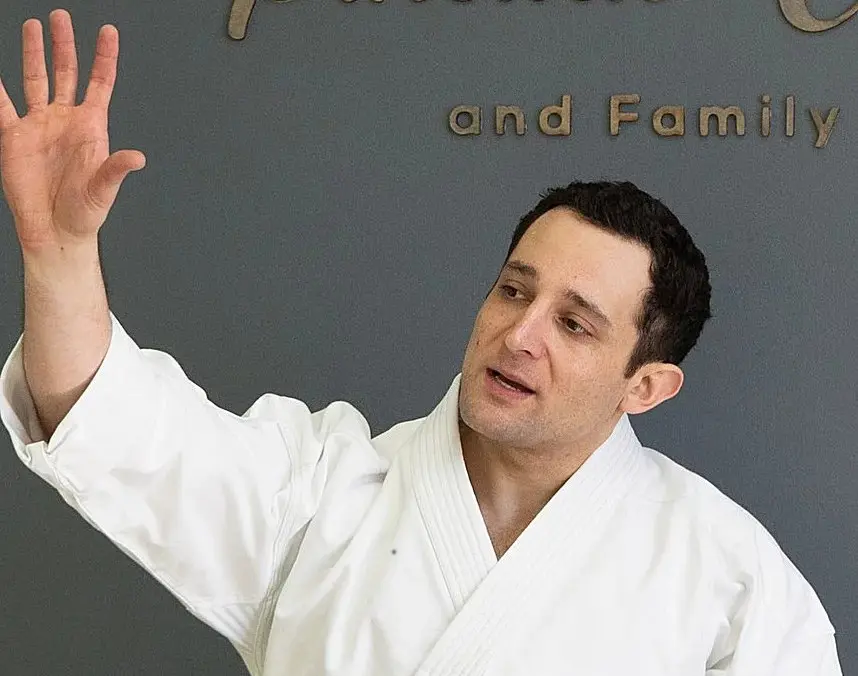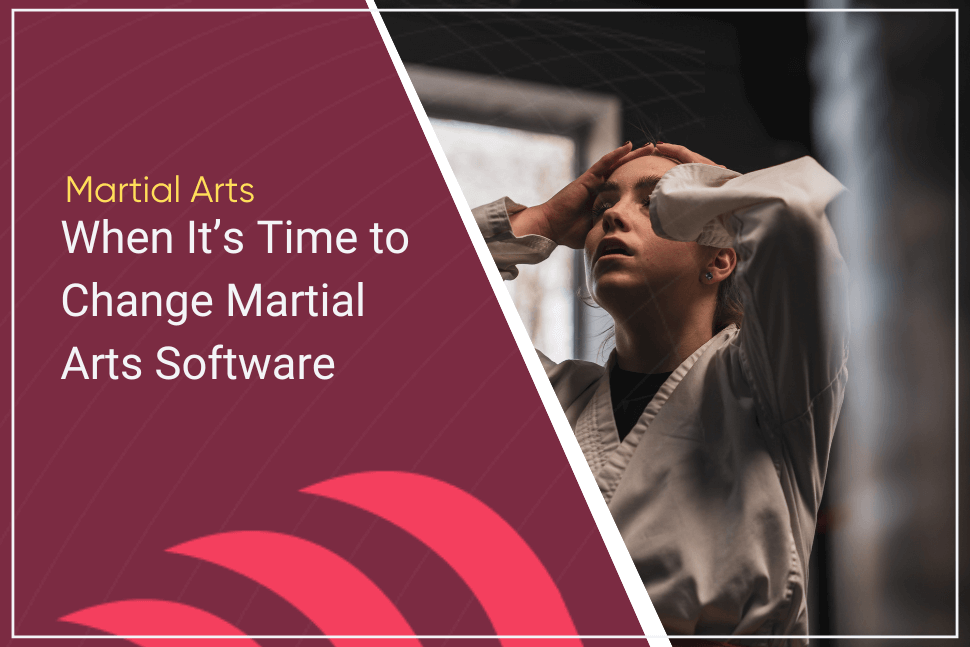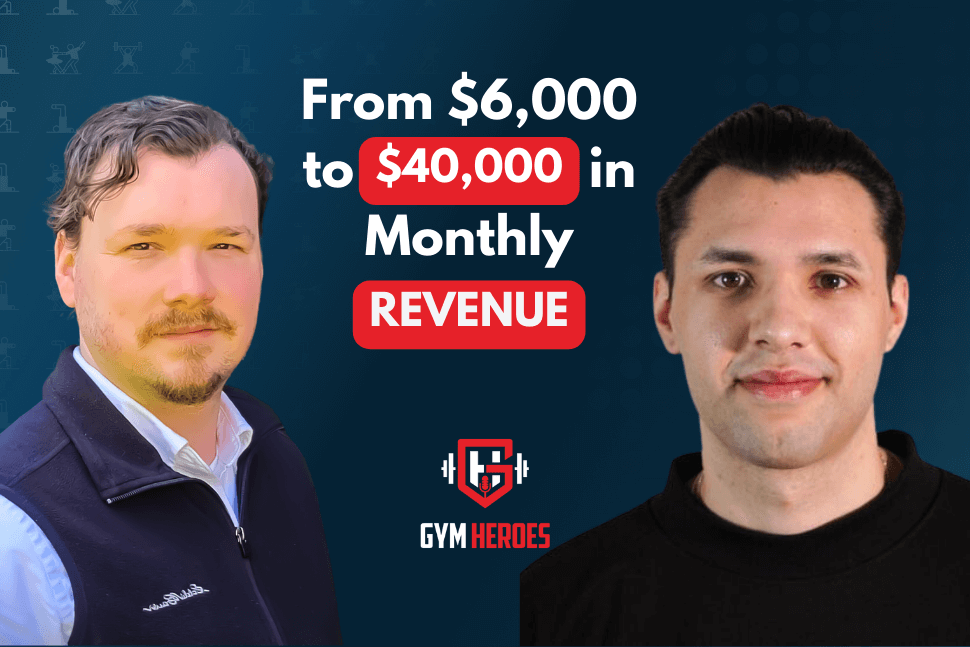Reuven Lirov has been practicing and teaching Aikido since 2007 and currently holds a Sandan, or 3rd-degree black belt and Fukushidoin (1st level instructor) through the United States Aikido Federation and Hombu Dojo in Tokyo, Japan.
He is also the author of The Aikido Student Manual: A New Generation’s Guide To Traditional Martial Arts. We sat down with Reuven to talk about his Aikido school, Pinellas County Aikikai.
Eran Galperin (Gymdesk founder): Tell us about Pinellas County Aikikai – What is the story behind opening it?
Reuven Lirov (Pinellas County Aikikai): In 2014, my wife Theresa and I had been training in Tampa before moving to Pinellas County, where we found no traditional Aikido dojo. Thanks to the support of my first Aikido teacher, Richard Stickles Sensei, I was sponsored to open Pinellas County Aikikai.
Initially, we were looking for a space to train together, and I was lucky enough to be introduced to a Muay Thai teacher who allowed us to share his space. It wasn’t long before people would show up, with no marketing, and want to study with us, and by 2016 we officially opened our dojo in Clearwater in its own building.
Eran: What did you struggle with when you were just getting started? What did you learn, and how did you improve?
Reuven: Intention often has a lot to do with results, and the dojo was no different. In the beginning, my wife and I were looking for a place to train together, so we only ran an adult program, and we didn’t spend any time, effort, or dollars on marketing the dojo.
As a lifetime practitioner of martial arts, I really struggled with the transition to including a ‘teacher’ in my responsibilities; I really just wanted to train. So I reflected and studied teachers across different martial arts styles (and even business) and eventually settled on the foundation of what today is our dojo’s Kenshusei program (teacher training).
The critical function of a ‘sensei,’ in my opinion, is the building and maintaining of the dojo’s community. A dojo really should be like a family, with the ‘sensei’ being more of a guide than a ruler (this is where many martial arts schools end up failing).
As with most martial arts schools, I realized that attracting younger people to the dojo was becoming a challenge, so I’m grateful to Matthew Addison, one of my senior ranked students, who directs our Children’s Program. We’ve recently begun work on a program specifically catered towards young adults between 18 and 30.
Our next goal is to expand the development of younger instructors who might want to open schools of their own and how I can support them.
Eran: What is involved in the day-to-day operations of running the school?
Reuven: I always joke at the dojo that at least 50% of a ‘sensei’s job’ is cleaning, though it’s not far from the truth. My teachers always taught me that the #1 way to ensure a happy dojo family is a clean dojo. In Japanese culture, there is a strong connection between cleaning and community, and I’m always humbled to see my students jump at the chance to help me keep our dojo tidy.
When it comes to running the ‘business’ of the dojo, the key lesson I learned was to separate my ‘sensei’ brain from my business brain. From marketing to signing up new students (sales) and keeping the dojo family together (retention), martial arts schools often struggle, flounder, and die because their owners are unwilling to accept this reality.
For example, I was surprised to learn that traditional martial arts schools are, by and large, still charging the same dues they were 20 and 30 years ago! A perfect counter-example is some of these niche gyms that charge up to $350 per month where the instructors have maybe 6 months to a year of training.
In traditional martial arts, we spend years (sometimes decades) before opening a school, only to charge a fraction of that; of course, it would feel impossible to make rent under those circumstances. Further, it can degrade the martial arts’ perceived value when the dollar value is too low.
As traditional martial artists, we often shy away from these topics because the idea of monetizing often makes us feel like we’re tainting the purity of our practice. My answer to them is: if you are unable or unwilling to find a balance between the ‘sensei’ brain and ‘business’ brain, you must bring someone who can take over this responsibility for you. Otherwise, you are doomed to stagnation and failure.
Retention is another aspect of running a business that martial arts schools often forget and assume. What specific set of actions and behaviors are you taking every week, month, and year to show your dojo family that you love them, that they are improving and receiving value from the dojo, and makes them feel like inviting their friends and family to try a class.
For us, this is a collection of things like birthday emails, special recognitions at the dojo, social events, group trips, seminars, shared meals, and of course, these days: Zoom Socials. Even during a pandemic, it’s possible to keep a dojo family together if you are willing to put in the work to keep your family together.
Beyond that, the most beneficial aspect of any martial arts practice (especially traditional arts like Aikido) is what’s known as The Grind. The daily effort of repeating movements over and over again to accomplish the skill. My job is to facilitate that experience, ensure the safety of each person on the mat, and make sure everyone is having fun so that members keep coming back.
Eran: How are you using Gymdesk to help manage your operations? How was it before and after you started using our software?
Reuven: I discovered Gymdesk through Professor Michael Geery, a long-time Aikido practitioner who now teaches BJJ (another wonderful practice, by the way). I had started the dojo with ZenPlanner and quickly became disenchanted with all of the “unexpected downtime,” App bugs, and member complaints. The experience with Gymdesk has been really wonderful for all of our members.
We use Gymdesk for pretty much everything business oriented for the dojo, from the embedded scheduler on our website, to our free trial sign-ups, waivers, memberships, recurring dues payments, lead nurturing emails, retention emails and texts, newsletters, inventory when members need new/replacement uniforms, and our online content for remote training students.
The bottom line is that I’m spending less time and money and receiving almost no complaints from my members about our online dojo experience. For me, these are the primary benefits of any tool for a business, so I’ve been thrilled about the experience so far.
The team at Gymdesk is incredibly responsive and receptive to feedback and little improvements to make my life and my student’s lives easier.
(Learn more about using Gymdesk for your Aikido school)
Eran: What other tools do you use to help with managing your operations?
Reuven: Our website and SEO are managed separately using Wix and integrated tools, and we primarily market through Google and Facebook. There are many different ways to market a business, and I think sometimes we get mired in the things we “like” versus the things we “test” and can measure that work. So whether I continue to use these tools or not will entirely depend on whether they produce the desired result of bringing potential new students to the dojo.
Eran: How did the COVID-19 pandemic affect your business? How did you adapt?
Reuven: COVID-19 had a harrowing impact on so many businesses worldwide, and martial arts is no exception. Since many of us depend on human interaction to practice, especially grappling arts, our families were among the hardest hit.
The most painful experiences for me thus far (thankfully, we haven’t had a single case of COVID yet) have been the students who have come to me after being “downsized” at their jobs because of the pandemic or lost their businesses.
There is so much unspoken pain in the world today because of the effects of lockdowns and those affected directly by the virus that I have seen how powerful, and important the dojo family connections can be.
Seeing members reach out to each other to maintain social support, even lending a hand to each other when needed – these are the connections and behaviors that will see us through to the other side of this current reality.
Our dojo adapted the best it could – by being open and honest with members who, for the most part, continued to support the dojo to ensure its survival so that we could all join together on the mat once this is over.
We have always done our best to thoroughly clean the dojo regularly, including sanitizing surfaces that are touched most often. Doing our best to socially distance members and just practicing and enforcing good hygiene.
Today our dojo is open for training, and we do our best to set a good example during these challenging times while maintaining a regular training schedule for both adults and children’s programs.
Eran: What is your approach to attracting new members? What worked for you and what didn’t?
Reuven: In over 6 years, we tried many different approaches to attracting and retaining new members. Our current approach is a 10-day free trial, where visitors can take as many classes as they’d like across a 10-day period. This has been wildly successful for both our children and adult programs. During COVID, our average growth has been 2-3 new students (net) per month.
One of the big mistakes we made early on is thinking that we needed to “brand” the dojo across platforms. The reality is that none of us will compete with major brands, and there’s really no reason to. Speak to the needs of your audience, and they’ll find you. This is an important step that we often miss, especially in traditional martial arts. We think that the value of martial arts is obvious, but people need to hear why you’re passionate about sharing your knowledge.
The other big one is telling your story. In addition to showing cool techniques, flips, and explaining the benefits of training, you have to share stories. It’s a basic part of our shared human experience to tell stories, and our martial arts families are no different. How did you start? What kept you going, especially when training became tedious or felt monotonous? What made you decide to become a teacher or coach? These critical stages (and all the stages in between) are stories that, believe it or not, potential new students are interested in hearing. It helps them with their expectations for their own training – even if their own experiences will be different from yours.
Eran: How do you help members succeed and stay motivated through their training?
Reuven: Our dojo does several things that are unique to it to help students succeed and stay motivated. Some of these things are specific to Aikido (like wearing a hakama; samurai pants you often see in movies) due to its traditional Japanese roots.
The first thing I do is give every new member of our dojo a copy of my book: The Aikido Student Manual: A New Generation’s Guide to Traditional Martial Arts. This is crucial for two reasons: 1) It gives every new student an easy read that covers what Aikido is, what they should expect from their training, and some basics about the long term journey of Aikido, and 2) It reinforces the good decision they made by joining the dojo in the first place, which increases retention.
I think it’s crucial to understand the “fighting opposites” in martial arts. It’s a long journey, even from one non-black belt rank to another. People, especially in the USA, are subjected to a great deal of immediacy, so they want everything now, whether they know it or not.
Martial arts teaches us to slow down and make incremental improvements from day to day. You can’t get rid of this aspect of martial arts without becoming a “belt factory” that no one takes seriously. So the key is to find a way to blend these ideas.
For example, in our dojo, after your first 20 classes, we present you with a new white belt (instead of the one that came with your uniform) that’s been embroidered with your name on it in Japanese and comes from Japan. This simple gift has a big effect because it’s a relatively quick reinforcement of their commitment to their training and the dojo. It shows that you have invested in your student and that they earned something already.
There are a lot of other ways we introduce these carrots to our member’s journeys while at the same time not devaluing the achievement of spending years attaining Federation ranks.
Eran: What are your plans for the future?
Reuven: We’re so excited to be introducing our dojo’s Board of Directors as we begin a big transition in 2021. One of the big mistakes that dojo owners often make is failing to recognize the willingness of a core group of dojo members to contribute to the dojo’s growth and development beyond training time. Bring them into the fold! I might be the role model for how my dojo’s members should be performing the technique, maintaining their physical fitness, and everything that happens on the mat, but when it comes to building a thriving community, it takes a village.
We’re also working on finding a new, more permanent home for the dojo in 2021 alongside a dear friend, Dr. Gene Healy.
The big dream is to establish a Zen Center that brings together the best traditional martial arts training with meditation, healing practices, yoga, and so much more. We’re so excited about the future!
 39 Martial Arts Statistics To Know in 2022
39 Martial Arts Statistics To Know in 2022



